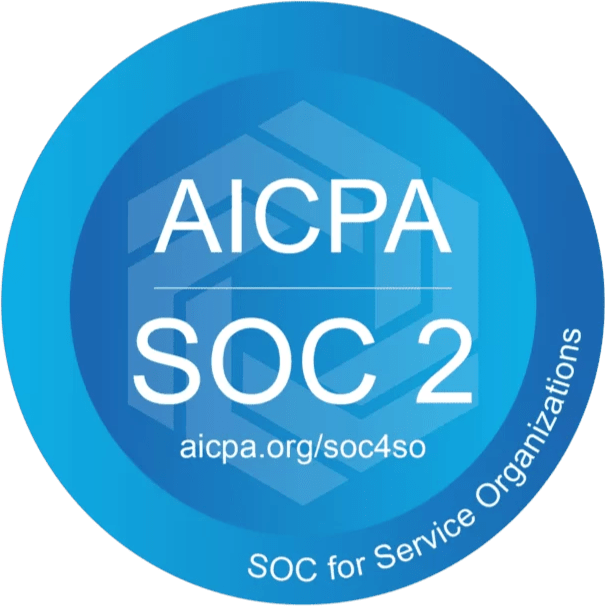Twilio
What is Possible with the Paminga Twilio Integration?
The Paminga Twilio integration allows you to SMS text messages through the Paminga UI. By using a simple drag-and-drop action on nurture campaigns (exactly how you add an email action), you will be able to trigger text messages to all of your contacts!
Getting Started
Prerequisites
You will need two things in order to start setting up your Twilio Integration with Paminga
-
Twilio Account – you can create one here.
-
Twilio Phone Number – At least one phone number is required on the account.
Billing
-
Billing for the sending of messages will be done through Twilio. At this time, Paminga does not charge an additional for this service (subject to change).
-
Phone numbers that are used to send messages will be billed directly by Twilio.
-
There are a number of factors that affect billing including the number of phone numbers, Country, and number of segments, to name a few. Please refer to Twilio for up-to-date pricing.
The Setup
To connect a Twilio and Paminga account, there are three things that need to be saved to the Twilio Credentials page in Paminga (this can be found under “Integration Settings” when hovering over your email in the upper right-hand corner).
-
Account SID – From the dashboard in Twilio, click settings. The account SID can be found under the API credentials page. Or, this page when logged in to Twilio.
-
Auth Token – Found on the same page as the Account SID under the API credentials section. Also found on this page.
-
Messaging Services SID – Once signed into an account, the Messaging Services SID can be generated via this link.
-
Click the “+” icon and enter a friendly name like “Paminga Integration”.
-
Select “Marketing, Outbound Only” as the use case.
-
The inbound and outbound settings can be left to default.
-
Click Save.
-
Navigate to the Numbers page on the left navigation.
-
Add at least one phone number to the new messaging service.
-
Phone numbers can have ‘friendly names’ for internal use.
-
Multiple phone numbers can be added to the messaging services depending on the sending limit the client would like to have.
-
-
Once you have the three credentials above, enter them into the Twilio Credentials page in Paminga and click save. Boom! You’re all connected.
Create and Send a Text Message
After the integration is authenticated, you’ll now want to create your first text message! To do so, you’ll want to select “SMS Messages” which is under the Marketing Center.
On the “Create New” text message page, you will need to name your text message (for internal use) and then enter the content that you’d like to send via text message. Hit “save” and boom, you’re done!
Once the text message is created, it will need to be leveraged in a Nurture campaign or Drip Series Automation to be sent out. To do so, create a new campaign and then drag in the “Send SMS” action from the right-hand icon navigation.
Select the dropdown arrow on the action you just dragged in and then select the text message you’d like to send out! You can send multiple text messages by creating branches within the campaign. You cannot create branches based on text message interaction.
Current Limitations
-
Auto Recharge is Strongly Recommended
-
In your Twilio account, there is an option to turn on Auto Recharge. This is not mandatory, but it is strongly recommended. A Twilio account balance is what is used to bill for messages sent. If there is not enough account balance when a campaign is sent out, there will be enough texts/SMSs sent to use the remainder of the account balance. The remainder of the campaign will not be sent. We are at this point not able to differentiate what contacts the SMS was sent to or have the ability to resend the campaign.
-
To enable Auto Recharge, sign into the Twilio account and click on the Billing tab on the left navigation. This will bring you to the Billing Overview page. In the first section, Billing Information, enter a payment method to store on file. There is a toggle to Enable Auto Recharge along with the option to set the amount when the balance falls below and what to recharge that amount to.
-
-
Billed by Segment, not by Message
- Twilio defines segments as the message received by the end-user, rather than the message sent. That means that a single long message could be sent over multiple messages to a recipient (Example: message 1 of 3). Each of these three segments is billable, even though one message was sent to the user. There are a number of factors that determine the length of a message including character encoding, personalized fields, among others.
-
Text Only
-
Support for the content of the messages will be limited to text only. Images and HTML will not be sent. If a link is included, it is up to the receiver’s phone to make the link clickable.
- Note, to include links, the full URL is all that is needed. Do not include an HREF tag or any other HTML.
-
-
Phone Number Capacity
- The number of SMS messages that can be sent in a given period of time is limited to the number of phone numbers that have been added to the account. Each number has an incoming and outgoing limit of 1 message per second. Note that each additional phone number is subject to a fee. Multiple phone numbers are optional but at least one phone number is required. There are a number of factors that determine the limitations of the number of messages that can be sent. For details, visit this page.
-
Text/SMS works with both Nurture Campaigns and Drip Campaigns
- Since both A/B and Drip campaigns require you to select an email, the Text/SMS campaign action is limited to only nurture campaigns.


